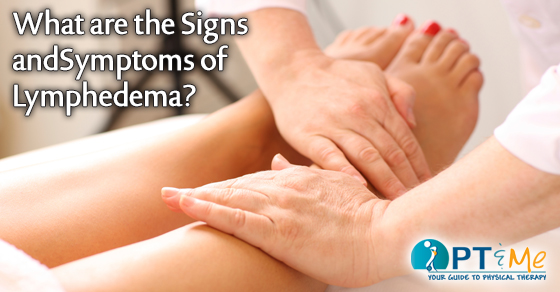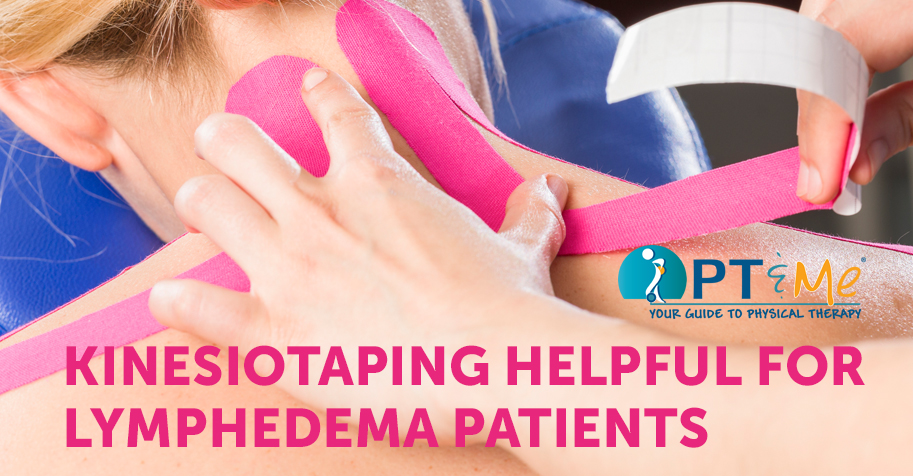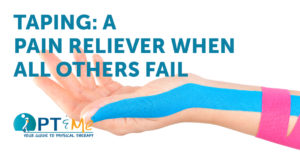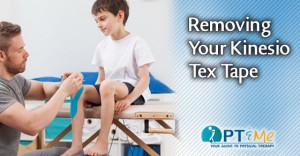
Lymphedema can occur in any body part. Some common early symptoms include:
- Tightness, swelling or thickening anywhere in the extremity. Initially the swelling may fluctuate but over timeit worsens.
- A burning sensation or tingling sensation radiating down the extremity.
- Complaints of heaviness or aching of the extremity.
- Inability to wear rings, jewelry, watches or clothing secondary to edema.
STAGE 1 – Reversible Lymphedema
- Lymphedema disappears with bed rest and/or elevation especially over night.
- Edema is soft and pitting, no resistance is felt. Indentations are easily made.
- No or little fibrosis. No alteration of tissues.
STAGE 2 – Irreversible Edema
- Protein enriched edema which does not decrease with elevation/nights rest.
- Connective and scar tissue formation (i.e. fibrosis). Fibrosclerotic changes.
- Non pitting edema, strong pressure is able to produce pitting.
- Edema becomes hard. Indentions are difficult to make.

Precautions and Guidelines
- Maintain a well balanced diet, with low sodium intake. Keep a healthy weight, avoid obesity. Good nutritional guidelines are provided by the American Heart Association and the American Cancer Society.
- Keep the affected arm or leg, clean, and well moisturized. Lotion should be at a relatively low pH balance. The goal is to prevent skin breakdown.
- Use antibacterial and hypo-allergenic soap when washing.
- Avoid injections, vaccinations, flu shots, blood draws and IV lines in the affected extremity. Remember, if this is an emergency, it is more important to treat the patient than to worry about putting an IV in the affected arm.
- If at all possible, avoid having blood pressure taken in the affected arm.
- Many people enjoy having a manicure. There is always a risk with this but you can decrease your risk by keeping your cuticles moist with lotion and push them back instead of cutting them. You could also consider buying your own manicure set and have the salon use only your tools.
- When cleaning the house, wear a good quality rubber glove when handling harsh chemicals such as ammonia, bleach, furniture polish, abrasive cleansers etc.
- Avoid using a razor or depilatory creams for the armpit or leg hair. The safest tool would be an electric razor.
- When cooking, wear long protective mitts (to the elbow) when taking food out of the oven and when boiling a pot of hot water.
- It is important to avoid pet scratches, insect bites, spider bites etc. Using an insect repellent may be necessary but remember some brands are very harsh. Look for a natural insect repellent if possible.
- Avoid sunburn at all cost! Especially if you have received radiation therapy.
- Be aware of items that can cause a burn such as a curling iron, an iron, space heaters etc.
- Avoid saunas, hot tubs, and hot showers. Avoid extreme temperatures, very cold or very hot.
- Avoid lifting or moving heavy objects.
- Avoid tight fitting clothing or jewelry.
- Exercise, and be knowledgeable of how exercise effects the lymphedema.
- Check your skin daily, and call your physician immediately if you notice any adverse changes in your lymphedematous body part or if you have fever and redness.
Additional Precautions for Leg Lymphedema
- Proper shoe wear is essential in avoiding blisters and ingrown toenails, avoid high-heeled shoes.
- Do not walk bare foot, especially outside.
- Get all fungal infections treated immediately.
- Do not receive injections to remove varicose veins in the affected leg.
This information is for educational purposes only. This information should not be used without consultation with your healthcare professional. If you have questions regarding the material or its application, seek professional assistance from your provider. This information is not intended to diagnose any medical condition or to replace healthcare professional consultation.



